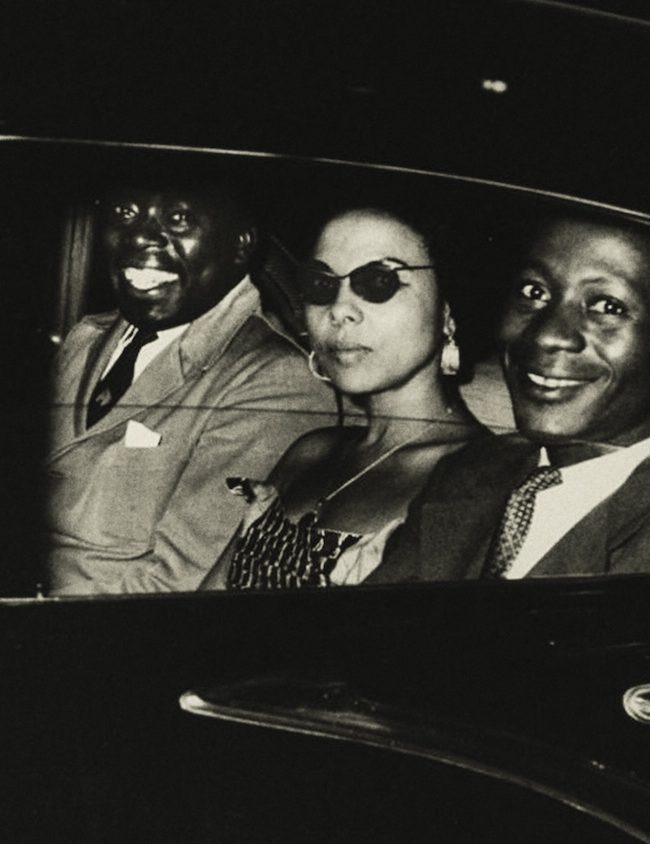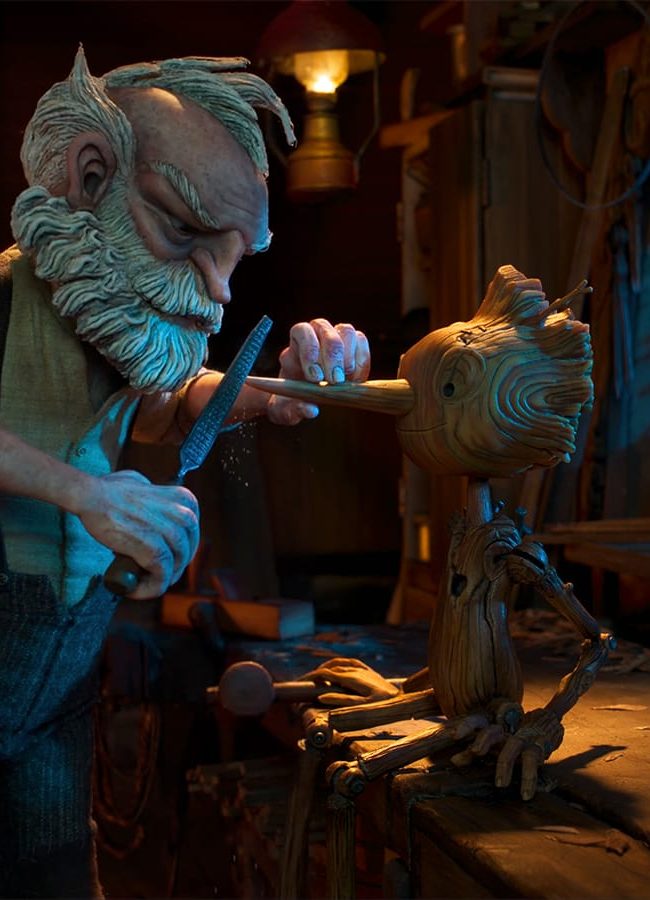A Conversation with Wim Wenders (ANSELM & PERFECT DAYS)
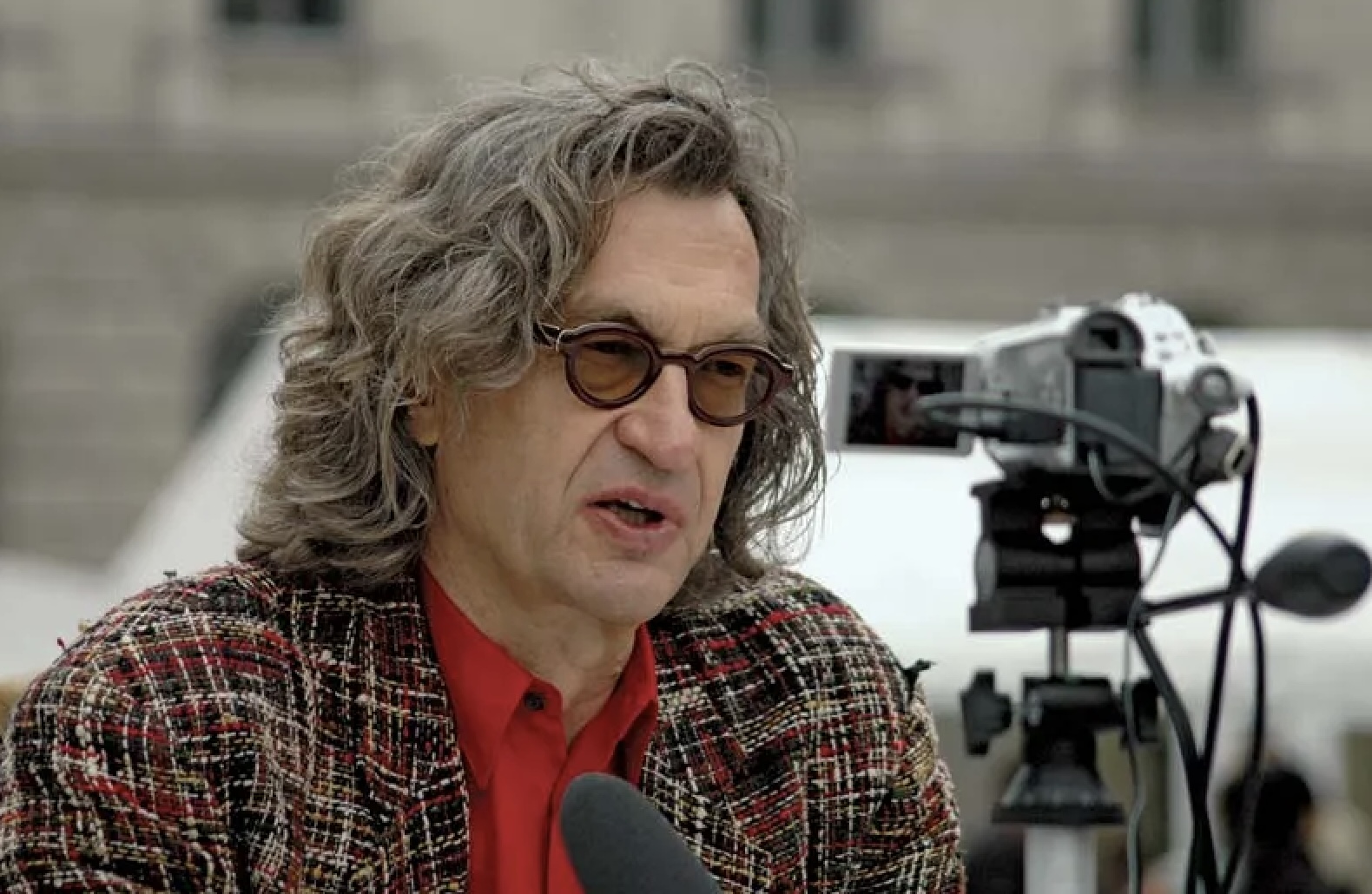
Wim Wenders, hailing from Germany, is one of the greatest filmmakers of all time. He has been making films for over 50 years and wrote and directed his first feature in 1971 called Summer in the City. In 1976, Wenders released one of the great road epics in film history titled Kings of the Road. One year later, in 1977, he released the utterly brilliant, and consistently mimicked, American Friend. In 1984 he took home the Palme d’Or for his absolutely monumental Paris, Texas, a film that is firmly in my top 50 of all time and for some the greatest movie ever made.
1984 did not mark a slow down for Wenders and he would continue his critical success with his 1987 masterpiece Wings of Desire. 4 years later, Wenders would release his most controversial work, Until the End of the World. The film was shot for over a year across the entire globe. The 3-hour theatrical version Wenders did not co-sign and instead always said that his 4 hour and 47 minute directors cut was his ultimate vision. I have viewed said cut and it is absolutely one of the greatest achievements in cinema history as well as one of the great sci-fi tales. Through the 90s and early 2000s Wenders made films of all varieties and even served as a producer on many projects. In 2011 Wenders would dip his toe into the 3D format with the excellent and idiosyncratic Pina. That would be the start of Wenders’ fascination with 3D as he now returns in 2023 with Anselm, a 3D documentary about the artist of the same name. The film is releasing very close to another excellent Wenders project titled Perfect Days, which happens to be Japan’s submission for the 96th Academy Awards. Wenders is in a unique position where he could be nominated for two different films in two different categories in the same year. It was an honor to speak with Mr. Wenders in the following conversation, edited for length and clarity.
Hammer To Nail: Mr. Wenders, thank you so much for taking the time to speak with me today. This is truly such an honor for me. You are one of my favorite filmmakers of all time. Films like Paris Texas, Kings of the road, Until the End of the World, Wings of Desire, The American Friend. I love these films so much. That is not to say that Perfect Days and Anselm were not terrific as well. I loved both of these films. What inspired you to shoot in Tokyo? How was it that you landed on the profession of a toilet cleaner and did you consider any other professions?
Wim Wenders: I did not consider any other professions, I followed up on an invitation to come to Tokyo. I was asked if I could come look at this social art project going on there in which 15 great architects who normally build stadiums and big buildings, were now building something very small, a toilet. It was called the Tokyo Toilet. These toilets were spread across Tokyo, many of them wound up in Shibuya, where we shot a lot of the film. I have a long relationship with Japan and Tokyo. I was homesick for Tokyo and was so excited to go back. It was simply an invitation to see if these things would inspire me, it was not a contract to make a film, so I went. It was last May and I really liked the toilets. I did not want to do this as a documentary feature though. I felt there was a much bigger story behind these toilets. I sensed this much bigger story that would be worth my time, and the time of the viewers so much more than a documentary on the architects and their creations.
I suggested that instead of the documentary we do a longer fictional story in which the toilets could appear, however, it would tell a story of the sense of the common good which was so alive when I was in Tokyo. That really touched my heart. This little park I live near in Berlin, right when the pandemic ended there were all of these parties in the park and afterwards it had been completely trashed and ruined. It was a huge garbage heap. In Tokyo, after the longest lockdown done in history, I saw people picking up each and every piece of trash. There was not a single piece of paper let alone a bottle lying around. I really liked that and thought, “there is a story here.” These toilets could appear in a different context. The context of a social awareness which is alive in Tokyo. They were shocked by my decision, but they realized that they invited me to be inspired, and I was simply inspired to a direction they did not anticipate.
They accepted that and they let me write a story about a toilet cleaner. I wrote the story of a man who is utopian in this post pandemic era. He presents a lot of that idea of the common good, love for little things and people. It was made for Tokyo and it could only be shot there. The locations were already set because the toilets had been dispersed to different areas. The only other location was where this man lived. His daily routine was the backbone of this story. He was a man almost living like a monk but, happy, content and, living a life of service. I thought it was a worthwhile story to tell. That was the genesis of the film.
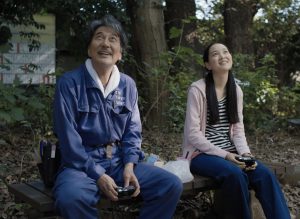
A still from Perfect Days
HTN: Speaking of that routine. Early on in Perfect Days we are introduced to Koji’s routine. How was this routine decided upon, it is very specific?
WW: I imagined the life of such a man. I saw him in a little apartment, driving back and forth from work. It was almost like a road movie within Tokyo. I thought he would love rock music. He has a happy life. I also imagined that this was someone who had a different life before, however, I did not want to dwell on that too much. I just wanted to have people guess where he was coming from and what he was doing before.
HTN: In terms of Anselm, what was it about this subject and the technology of 3D that brought you back to the directing chair?
WW: Anselm is one of the most amazing painters I ever met. I wanted to be a painter myself when I grew up. I got sidetracked by Cinema and the cinematheque in Paris where I saw 1,000 films in 1 year. I realized that cinema was a more complex version of painting. Movie making felt like painting on a different canvas. I put aside my dream of being a painter to become a filmmaker. I always looked at painting as the other life I could have had. It just so happens that the most amazing and complete painter I ever met was born in the same year as me, 1945, in Germany. He had a very parallel life to mine in a strange way except, he became a painter and did confront Germany which I did not really do in my movies.
I remember when I grew up in Germany. All I wanted to do was leave. I then realized that the paintings of Anselm did the complete opposite. He went deep in German history and confronted Germany with their own history. I just wanted to leave it behind me. He is a painter whom nothing escapes him. The history, the universe, the macrocosm, the theory of atoms. He can paint poetry, religion, anything. Nothing escapes his vision of what a painter can do today. I always found this fascinating. We met for the first time in 1991 and really got close to each other for a couple of weeks. We spoke a lot with each other. We decided at that time that one day we would make a movie together.
Me as the filmmaker who always wanted to be a painter and him as a painter who always wanted to be a filmmaker. That project did not come together in 1991, but we kept it alive and whenever we met we would remind each other. Finally, it happened, in 2019, when he invited me to come to his incredible art territory in the south of France which you see in the film. That then did it for me. When I saw the area and wandered through it for a day, I told him it was now or never. He then told me that this was the reason he invited me, he felt now was the right time to make this film. A few months later we started to shoot. It became quite a long adventure because I worked on it for 3 years, edited it for 3 years and shot 7 times over 2.5 years, each time for about 10 days in all parts of Germany and France. It really became a very deep and long work. Which is in contrast to Perfect Days which was a very spontaneous and quick work. We shot Perfect Days in 16 days and edited it in 3 months and that was it!
HTN: Haha wow, I think you can feel that in both of the films in a very positive way. You and Franz Lustig collaborated on both Anselm and Perfect Days. What did you and Franz look to achieve with the visual style of Anselm and Perfect Days.
WW: In Anselm, we really wanted to find a visual language that could allow the audience to enter Anselm’s world. Nobody ever visited him. No art critic, no gallery people because he was an unknown painter living in the forest. He really created the foundation of his art there for 10 years. I wanted to take people there, into his childhood and that immense, unimaginable studio he has in France. To have an experience like this there is nothing better than 3D. To immerse the audience, 3D felt like the only language.
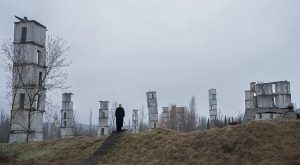
A still from Anselm
Franz and I have worked together now for 20 years. Our first film together was Land of Plenty in 2003. Franz and I knew that we needed to invent a new language for this film. I do not think there has ever been a movie about a painter like our film and I do not think you could get closer to an artist’s work than we do in Anselm. We had to invent something from scratch. It was a long and complex work because we really used state of the art equipment and the latest 3D technology. We shot real 3D as James Cameron calls it with 3 cameras. It was visualogically correct 3D. It was not done afterwards on a computer. It was such a rich work. The other film, Perfect Days, it is very conventionally shot, like a documentary really. Franz shot the entire film on his shoulder. There was no steadicam, no gimbal, no cranes, it was just a man with a camera on his shoulders. We shot it on a very modern Sony camera so Franz could have it on his soldier while the body of the camera was on his back. This allowed us to shoot very immediately. We shot in a very old fashioned format, 2:3, Like old movies, even silent movies. We felt that to see the toilets where he works and see that entire space if we shot in cinemascope we would never see the floor! Same with the apartment he lives in, you would never see the futon. I felt it really corresponded with this and his being. This man lives a very monk-like life, contrary to the entire country around him he is happy with what he has and does not want more.
HTN: The visual style was very strong in both films, but I would love to know how the screenwriting process may differ for you on a film like Perfect Days vs. Anselm. Of course one is defined as a documentary, however there is also something documentary-esque about Perfect Days so if you could talk about the screenwriting process on both films and also your collaboration with Takuma Takasaki for Perfect Days.
WW: I spent one week in May seeing these toilets and places. I was re-inspired by Tokyo at that time. When I told them I would instead be making a fictional, feature length film, I also informed them that I would need help. I knew I needed a Japanese screenwriter to help me. Takuma and I got along very well because he understood how much I loved Tokyo. He is a poet and novelist. He came in and we wrote the script in 3 weeks actually. It was based on the simple idea of exposing the routine of this man.
The script was structured according to this routine. Really it’s a lot like Groundhog Day. It is always the same, except it is slightly different each time. Routine is something that in our world is a negative thing. Nobody likes their routines. Hirayama loves his routine. He does it each day as if it was the first time. He lives totally in the present and in the now. Therefore, routine, everyday becomes a new ritual. He does his best and enjoys what he is doing. So we used this routine as the structure for the script and it worked really well. In the end it was actually the opposite of Groundhog Day.
I did not want to film with a lot of dialogue because I cannot speak Japanese. I also felt like Hirayama is a good listener and he does not have to speak much. I wrote him a little bit like a monk anyway. We had the privilege of finding the utmost perfect actor for this in Koji Yakusho. He became the character. He prepared so much for the role, he actually did the toilet cleaning job for a week with the people who do this as a real job. He spent the week with them and by the end he knew perfectly well every move. You mentioned we almost shot it like a documentary. We followed our man and we did not do any rehearsal. Koji was Hirayama.
It would have been a shame to rehearse and direct. The direction was in the way we shot it but, our main story telling element was the character and he completely became the character. Anselm did not really have a script. It had me in front of a very giant task and I was scared. I struggled to see how I could do justice to the vastness of Anselm’s work and find a language to approach it. The approach was we would shoot for 10 days on the basis of one idea and then I would go home and edit it for weeks, sometimes even for months. In that process I was able to find what the next steps would be. When I would complete an editing session, it would crystalize what I could approach next. After 7 rounds of this cycle I felt like I had everything I needed to make a full movie.
HTN: I have time for one more question so I think it would be very important to hear about the music in these films. If you could talk about how the soundtrack and score came to be with both of these projects that would be great. The final moments of Perfect Days are some of the best this year. The decision to play Nina Simone’s classic track “Feeling Good” was incredible. Talk about your thinking behind this conclusion and song choice?
WW: We put the songs that Hirayama is listening to when he drives in the script. They were not something we added. They were part of his character and part of his life. When we put the songs in I asked Takuma, “Am I imposing my musical taste if he listens to all this music?” He said, “Do not worry, in the 70s, which was his youth, he would have listened to exactly the same stuff. He would have listened to Velvet Underground and the Rolling Stones just like anybody else. We listen to the same things you listen to.” So I felt I had a license to add all of those songs to the script.
The Nina Simone song was not on the script at that moment, however, it was on the first page. The first page was just the lyrics to the Nina Simone song because I felt like it described this man, Hirayama, better than anything. They were my guiding line for the character. He would be a man who would live what Nina Simone sings about in that song. Only while shooting did I realize that this preface serves as the perfect conclusion. His only job was to live that song as he was driving and show us that he understood every word that Nina Simone is singing. Franz was sitting in the passenger seat shooting him while crying his heart out. I was praying he would keep shooting because a man who is weeping cannot really shoot something but Franz managed to shoot it like a baby holding the camera. The music of Anselm was done by a very young composer, Leonard Kubner. The poetry of Paul Celan was very important to the film because he was a big ally to Anselm and his work. I wanted to find out if anyone had ever put Paul Celan’s work into music. I only found one guy. It was a student in a film school in the south of Germany. I asked if I could listen to the songs and they were fabulous. I really loved them. He was just finishing his studies and these songs were his thesis. So, I hired him to write the music for the film. I figured since his name was Leonard he could handle the whole thing.
HTN: Well thank you so much Mr. Wenders for taking the time to speak with me today. These films are so monumental and they are really some of the best of this year. I wish we could talk all day but, I know you’re a busy man so…Thank you again and have a great day!
WW: Thank you for your questions, Jack!
– Jack Schenker (@YUNGOCUPOTIS)








